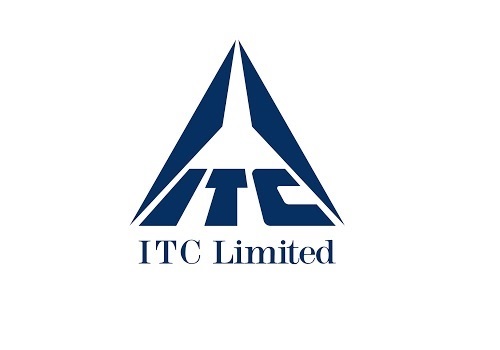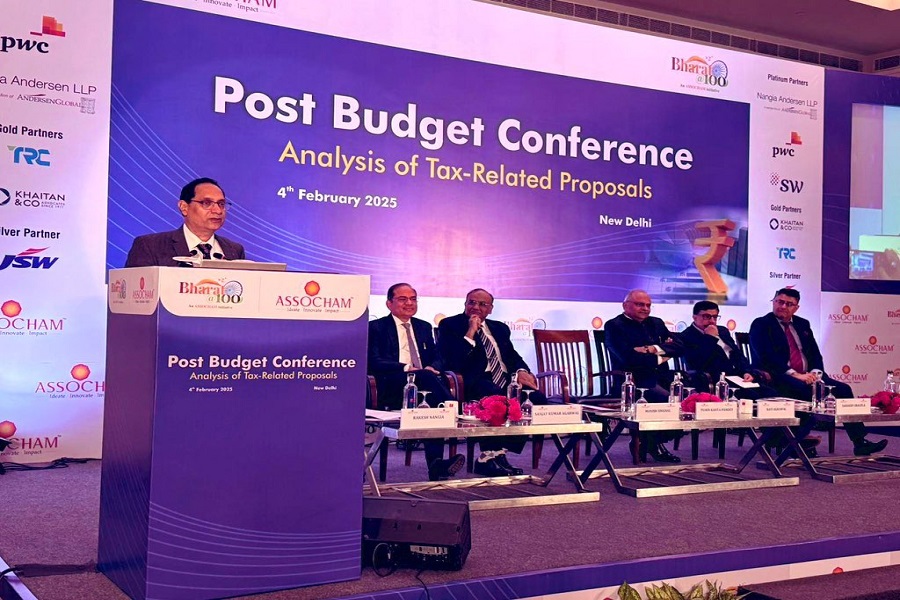NDA White Paper: Price stability was hit as inflation raged during UPA rule

Union Finance Minister Nirmala Sitharaman on Thursday tabled a 59-page White Paper in the Lok Sabha, showcasing the achievements of the BJP-led National Democratic Alliance (NDA) in the last 10 years of Narendra Modi-led Central government while also giving an account of the 'economic mismanagement' of the previous Congress-led United Progressive Alliance (UPA) regime.
The White Paper highlighted the double-digit inflation that hit the household budgets and savings during the UPA's rule and how it shook the people’s confidence and increased their worries about their future. This comes at a time when the Congress party and the constituents of the INDIA bloc have been taking on Modi government on the issue of price rise and inflation and have decided to make it one of the issues in the run-up to the forthcoming Lok Sabha elections.
The ‘White Paper’ pointed out that economic mismanagement happened despite the Atal Bihari Vajpayee-led NDA Government having handed over a healthy and resilient economy with high growth potential in 2004 to the UPA regime.
It stated that even as India was "standing at the cusp of emerging as a powerful economy, little was done by the UPA government to build upon the strong foundation laid by the previous NDA government".
"One such foundation that was severely weakened by the UPA Government was price stability. Inflation raged between 2009 and 2014 and the common man bore the brunt. High fiscal deficits for six years between FY09 and FY14 heaped misery on ordinary and poorer households. Over the five-year period from FY10 to FY14, the average annual inflation rate was in double digits," the White Paper stated.
While inflation based on wholesale prices averaged 6.1 per cent during the UPA-I regime from 2004-2009, due to the strong foundation laid by the previous NDA government, it was a percentage point higher at 7.1 per cent in UPA-II in 2009-14.
However, in the case of food inflation, the acceleration was pronounced, rising from 6.74 per cent to 12.2 per cent over the same period.
The average retail inflation under the UPA-II government was 10.25 per cent and went up to 12.5 at one point.
The paper stated that in the years between 2004 and 2008, the Indian economy grew fast, thanks to the lagged effects of the reforms of the NDA government and favourable global conditions and while the UPA government took credit for the high growth but did little to consolidate it.
"The failure to take advantage of the years of high growth to strengthen the budget position of the government and invest in infrastructure to boost future growth prospects stood exposed," it said, and quoted a noted economist as saying: "The high growth and low inflation of the first five years were due mainly to the global economic boom of 2002-07 and the wide-ranging, productivity-enhancing economic reforms carried out prior to 2004. The UPA government's economic policies were mediocre to start with and worsened increasingly as the decade evolved."







.jpg)


Top News

Number of men in jobs rose by 4 percentage points in last 5 years: Time Use Survey

















